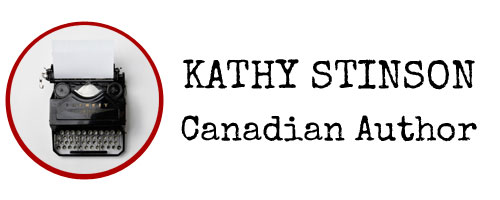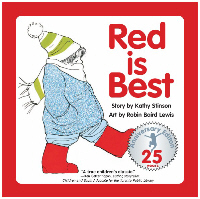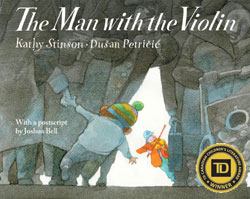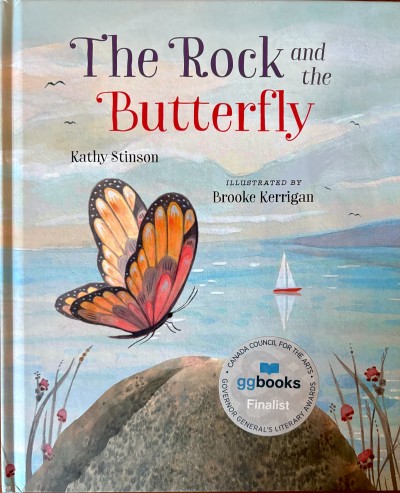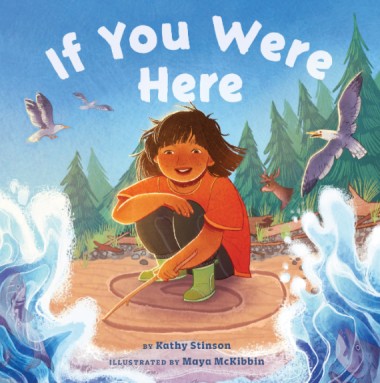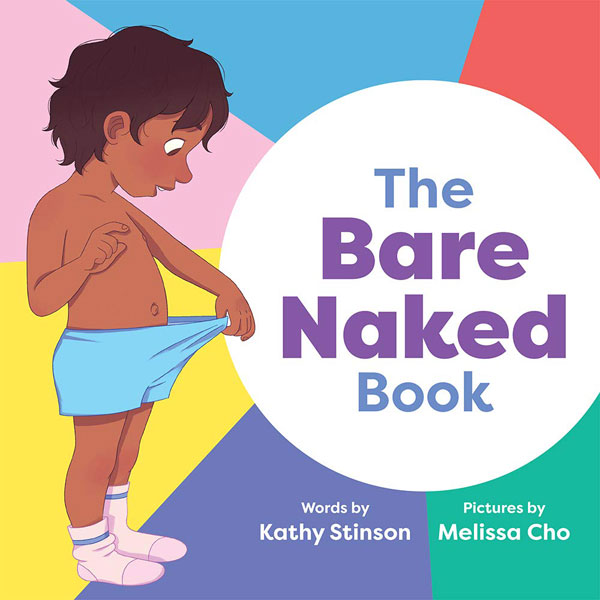Editing Tips
1. Having trouble with a novel you’re working on? Or a picture book or short story? Try remembering what drew you to writing it in the first place. We often get so enchanted by our characters and new possibilities a story presents to us that we lose sight of why we wanted to write it. Reconnecting with the original impetus for it can breathe new life into a story that’s sagging (and its writer!)
2. Watch for places in your manuscript where “less is more” – where fewer words would create a stronger impact. Imagine having to pay $1 for every word you use, and chances are you’ll find lots of words your story doesn’t really need. Go in with a scalpel; a hatchet is not necessary. Like most writers you’ll be surprised how many words can be cut.
3. If you need detailed feedback on a current project, so that you can whip it into shape before submitting it to a publisher, there’s still time to apply for the seaside writing workshop/retreat that has had rave reviews and applications from former participants each year.
Following Tip #1 helped me write a new prologue and short-form outline for my current novel-in-progress this winter. (More on outlines in a future posting.)
I like racking up the word count when I’m writing a new draft as much as any writer, but I get just as much pleasure (maybe even more?) from following Tip #2 and watching the word count fall.
Deadline for Tip #3 is April 30.
Happy writing!
Share this post:

Kathy Stinson is the author of the classic Red Is Best and the award-winning The Man with the Violin. Her wide range of titles includes picture books, non-fiction, young adult fiction, historical fiction, horror, biography, series books, and short stories. She has met with her readers in every province and territory of Canada, in the United States, Britain, Liberia, and Korea. She lives in a small town in Ontario.
